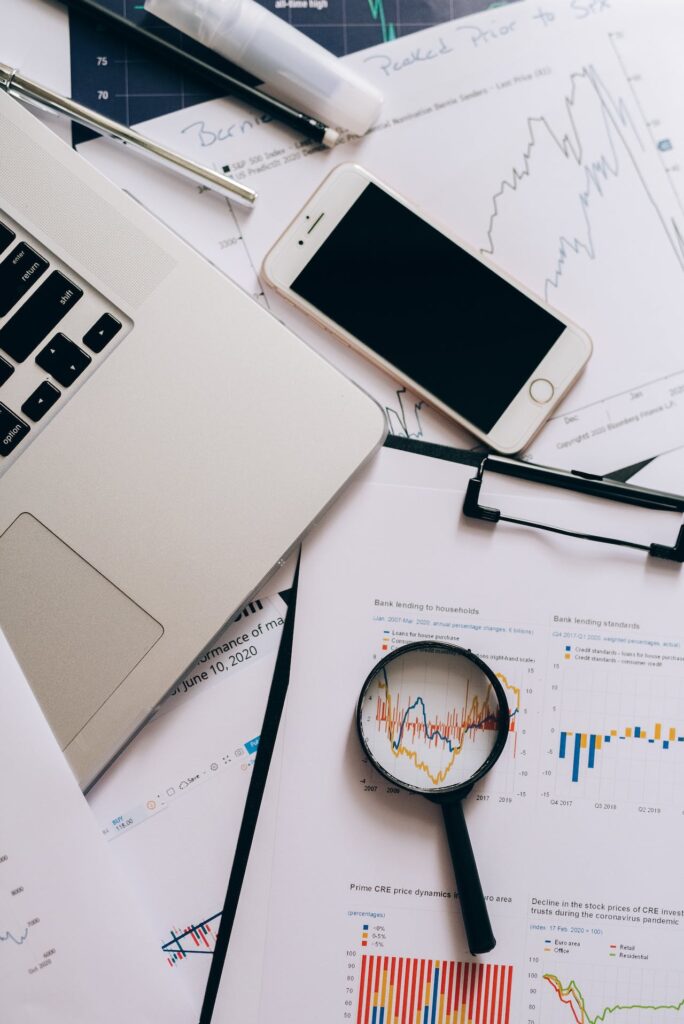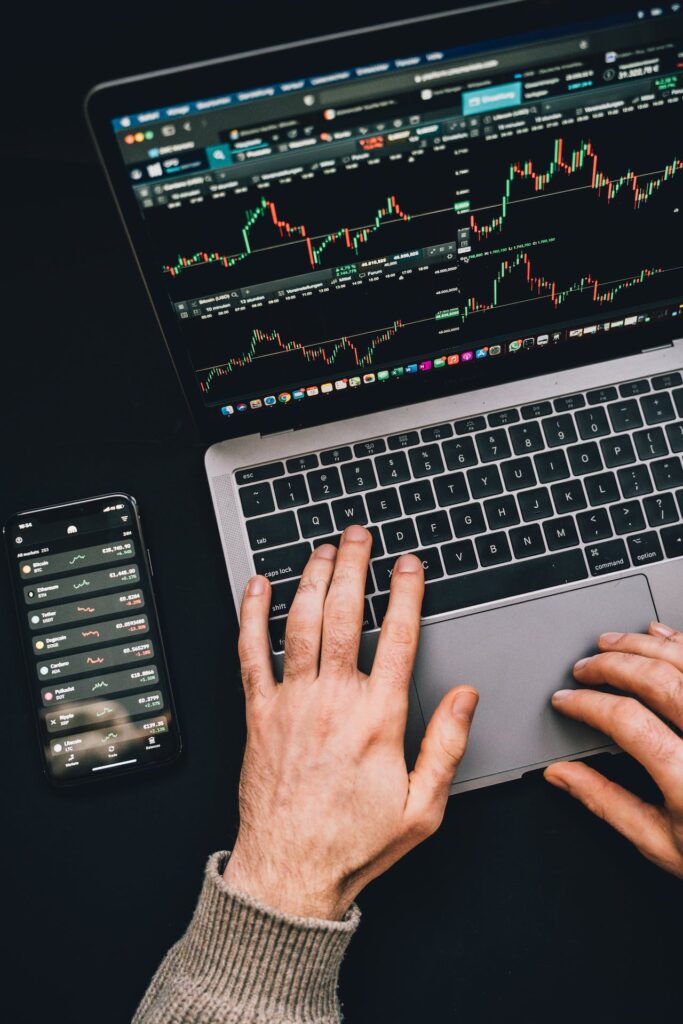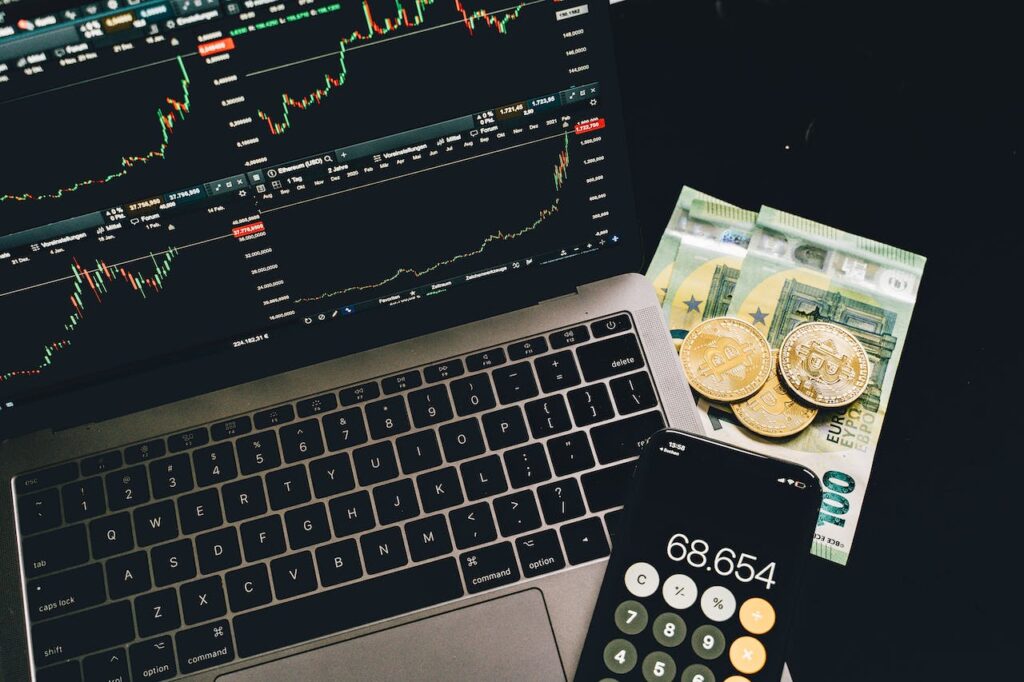In the glittering realm of Wall Street, few tools inspire as much debate as stock buybacks. Companies wielding these repurchase programs promise a golden path to shareholder glory, touting boosted stock prices and glittering returns. Yet, beneath the surface of rosy projections and bullish pronouncements, shadows flicker. Are buybacks truly the shining star of capital allocation, or do they cast a deceptive glow, masking deeper questions about corporate priorities and responsible stewardship of resources?

This article embarks on a critical journey, peeling back the layers of the buyback narrative. We’ll delve into the motivations driving these financial maneuvers, scrutinize their impact on companies’ long-term health, and illuminate the alternative paths often obscured by the allure of immediate gains. Our lens will focus on discerning whether buybacks truly represent the optimal use of a company’s capital, or if they merely paint a veneer of prosperity over a hollowed-out foundation.
Join us as we navigate the intricacies of buybacks, exploring their potential advantages and confronting their hidden costs. We’ll equip you with the analytical tools to assess the strategic rationale behind a repurchase program, allowing you to move beyond surface-level pronouncements and make informed decisions based on a nuanced understanding of their true implications. So, buckle up, fellow investors, and prepare to dive into the murky waters of corporate capital allocation. Together, let’s demystify the buyback phenomenon and determine its rightful place in building sustainable, value-driven companies.
Motive Matters
Undervaluation Signal
This motive sees buybacks as a strategic investment. If a company believes its stock is trading below its true worth, repurchasing shares presents an opportunity to buy low and potentially reap significant returns in the future. This also sends a strong signal to the market that management has confidence in the company’s long-term prospects.
Financial Engineering
Here, buybacks are used as a tool to manipulate financial metrics, specifically earnings per share (EPS). By reducing the number of outstanding shares, the remaining shares carry a larger portion of the company’s earnings, boosting EPS on paper. While this might increase share prices in the short term, it’s crucial to remember that it’s essentially a cosmetic effect. If underlying profitability doesn’t improve, the long-term sustainability of this inflated EPS is questionable.
Shoring up Investor Confidence
This motivation focuses on the psychological impact of buybacks. During periods of market volatility or when a company underperforms, repurchasing shares can be seen as a way to calm the nerves of investors, demonstrating management’s commitment to shareholder value and potentially preventing a further decline in stock price.
In essence, “Motive Matters” sets the stage for a deeper analysis of buybacks by highlighting the diverse reasons behind their execution. It encourages readers to look beyond the surface to understand the true driving forces behind these financial maneuvers.
Opportunity Cost Lens
Comparison to Alternative Investments
This principle encourages healthy competition within the company’s resource allocation process. Before committing to buybacks, it’s vital to consider whether investments in research and development (R&D), expansion into new markets, or strategic acquisitions offer potentially higher returns and contribute more meaningfully to long-term growth. Buybacks shouldn’t become a default option that stymies other promising avenues for value creation.
Debt Repayment Consideration
This point highlights the potential financial risks associated with prioritizing buybacks over debt reduction. Companies with high debt levels are already vulnerable to economic fluctuations. Choosing buybacks in such scenarios can further exacerbate risk, limit future borrowing capacity, and hinder the company’s ability to weather economic storms. Responsible capital allocation often prioritizes maintaining a healthy balance sheet over short-term gains from repurchasing shares.

Long-Term Impact
This principle reminds us to look beyond the immediate financial boost that buybacks can provide. While they may lead to temporary increases in stock prices or EPS, it’s essential to assess their long-term impact on the company’s overall health and sustainability. Do buybacks contribute to innovation? Or do they strengthen competitive advantage? Do they enhance the company’s ability to navigate future challenges? A thorough evaluation of long-term consequences is crucial for making informed decisions about capital allocation.
Context is Key
Market Valuation
This principle emphasizes the importance of timing and price sensitivity when executing buybacks. Repurchasing shares when they are already trading at inflated prices negates any potential value creation for shareholders. Companies must be discerning and wait for opportune moments when shares are undervalued to maximize the benefits of buybacks.
Industry Dynamics
This point recognizes that the specific industry a company operates can influence the suitability of buybacks. In mature industries with limited growth potential, where the focus is on maintaining market share and maximizing returns, buybacks might be a more viable option compared to high-growth sectors. In the latter case, reinvesting in R&D, expansion, or acquisitions might be more strategically beneficial for future growth.

Regulatory Landscape
This final point reminds us that the evolving regulatory environment plays a crucial role in the landscape of buybacks. With increasing scrutiny and potential policy changes, companies need to be transparent and demonstrate a clear strategic rationale for their repurchase programs. Aligning buybacks with the interests of all stakeholders, not just shareholders, becomes increasingly important in this context.
Conclusion
Stock buybacks remain a complex tool in a company’s capital allocation toolbox. While they can offer benefits under certain circumstances, a responsible approach demands scrutinizing motives, considering alternative investments, and acknowledging the surrounding context. Investors, too, must develop a critical eye, looking beyond headline numbers and delving into the rationale behind buyback programs to assess their true impact on a company’s long-term value creation potential.





